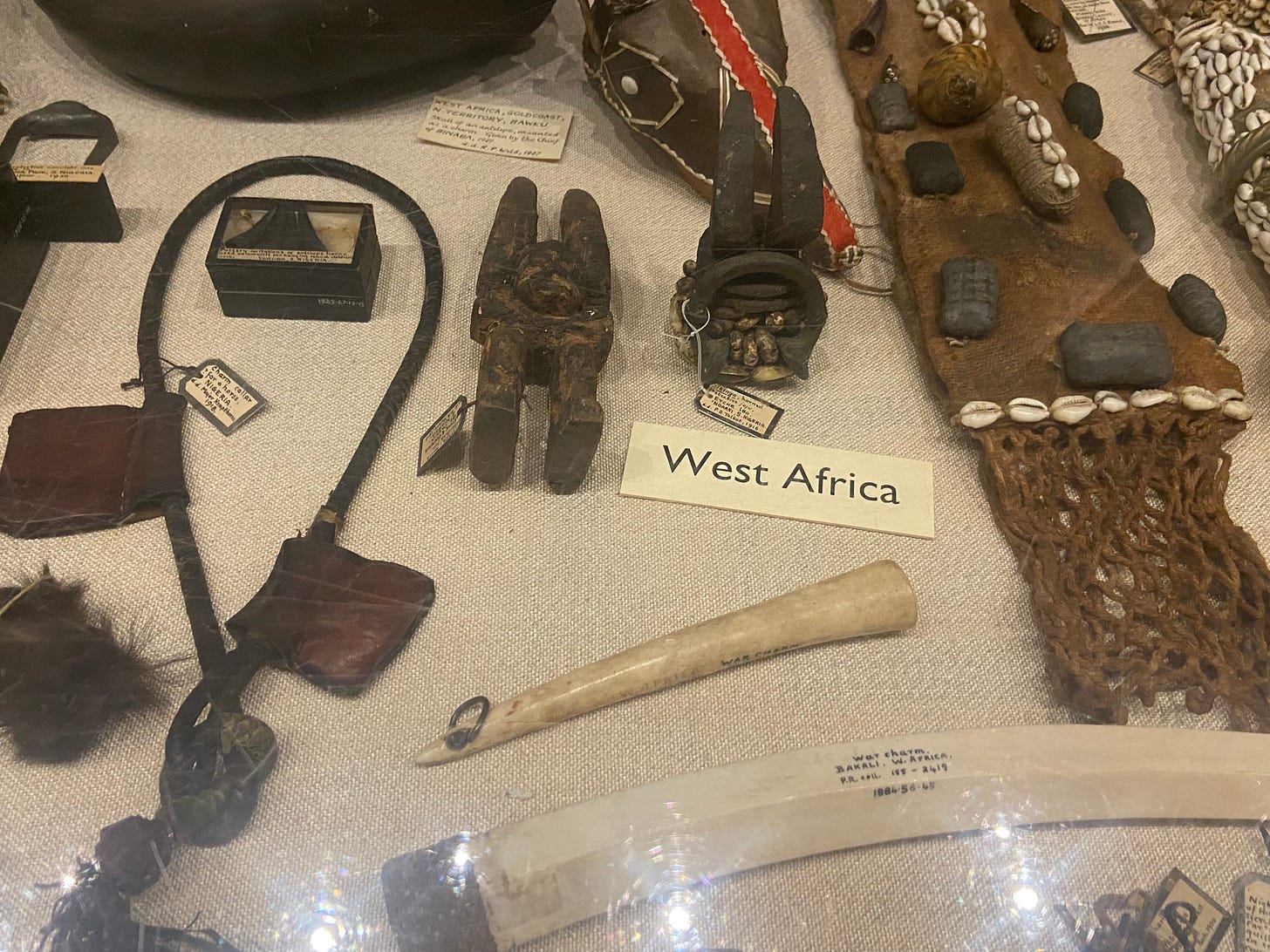Black girl magic: the importance of afro-futurism pioneering diversity on the big screen
Afro-futurism dominates our screens at the moment, with ‘Children of Blood and Bone’ set to debut in 2027 we are seeing an encroaching future of Black excellence—or are we?
Speculative fiction has become the most grossing subgenre in the fiction category with the Guardian reporting an increased market share by 41.3%. This showcasing how fanatic we are for escapism from our own lives that sometimes may feel one dimensional. With ‘Court of Thorns of Roses’ by Sarah J. Maas and ‘Fourth Wing’ by Rebecca Yarros all dominate the Romantasy sphere. Stories about heroes who fight intergalactic beings—or magic that transcends normalcy is what we are choosing to engage with. Films such as ‘Black Panther: Wakanda Forever' were a staple in mainstream media not only creating a space for Black superheroes but also introducing Afro-futurism to the mainstream.
What is Afrofuturism? Afrofuturism is only an umbrella term for the plethora of themes that it covers, as it relates to film, art, music and technology. It is the reimagining of Blackness—essentially the envisioning of a Black future. I interviewed Dakarai Akil on what he believes Afro-futurism is:
“Afro-futurism to me is the vision and the demand of our place in the future and what that looks like. A lot of ways like even in the past, when, you know, there's been Imaginary tales of the future, Black people aren't necessarily included in that.”
Coined by Mark Derry in 1993 in his essay “Black to the Future” it is the interlinking of African American themes that work interchangeably in claiming the future as their own. Later on down the line, popular theorists such as Octavia Butler and George Clinton added onto the conversation. The richness in African culture is what afro-futurists try to exemplify in their works through different mediums.
‘Children of Blood and Bone’ by Tomi Adeyemi is a young adult romantic fantasy telling the story of a tarnished kingdom, ridden of magic, the main character Zelie Adebola—grieved by her mother’s murder by the king’s army, is on a mission to restore magic and fight back from the ruling class. Debuting at number one of The New York Time it has solidified itself as a great work exploring West Nigerian culture in a speculative fiction realm.
Recently the casting of ‘Children of Blood and Bone’ for a 2027 live action has created controversy over its casting of Zelie Adebola as Amandla Stenberg, very well known for her role in ‘The Hate You Give’ (2018). As a biracial actor, can she be considered for the role that has specifically characterised to be a darker skin woman? Many had questions—many left outraged over the blatant ‘erasure’.
Zelie Adebola is characterised in ‘Children of Blood and Bone’ as having ‘dark copper skin’ and with Amanda Stenberg advocating that she wouldn’t take roles designated for Black women, it has been a hot topic on colourism in the industry. An ongoing conversation we seem to be having due to the lack of cultural landscape in the media at the moment. However, as we head to a new age of Black storytellers, actors, artists movements such as Afro-futurism is important to have in order to create a diverse range.
I talk with Dakarai Akil on the the state of Afro-futurism and its links to how we can envision the future of blackness in the creative sphere, check it out here:
A 2021 report on diversity in the film industry, stated that 11% of Black people were casted as lead roles in their respective movies this is out of 89% of white counterparts. This figure is only a snapshot of the dire need for opportunities for Black people to flourish in the industry. From the words of Jahmai Jones, an upcoming actor, that I had a privilege to talk to on the Discourse Digest.
“It’s about damn time!”
Afrofuturism looks towards the future, by also looking at the context in which narratives started from which is most often our African ancestry back within–after slavery. We can uncover many stories from the past that can be reimagined to finally include us in the conversation with a fresh perspective. In my exploration, Dakarai introduced me to Sun Ra, an American jazz composer who is well known for his blend of cosmic experimental music by mixing Egyptian mythology to pioneer the use of electronic instruments in jazz. A perfect example of blending the contemporary with African culture.
“I realized that after, Afrofuturism has a counterpart that people kind of don't realize and it's Afro-surrealism.”
Afro-surrealism also intertwines in which it blends the elements of the surreal with the deeply rooted cultural, social and political realities of Black life. Examples of Afro-surrealist pieces include Atlanta (2016) and Get Out (2017).
As the genre continues to evolve the influence of Afrofuturism on film will undoubtedly grow. There is a clear desire to expand Black storytelling by showing depictions of narratives that are unique and out of the norm, especially for Black women who aren’t usually depicted as such. Black girls are magical!
Check out my interview with Jahmai Jones and Dakarai Akil on Spotify!




